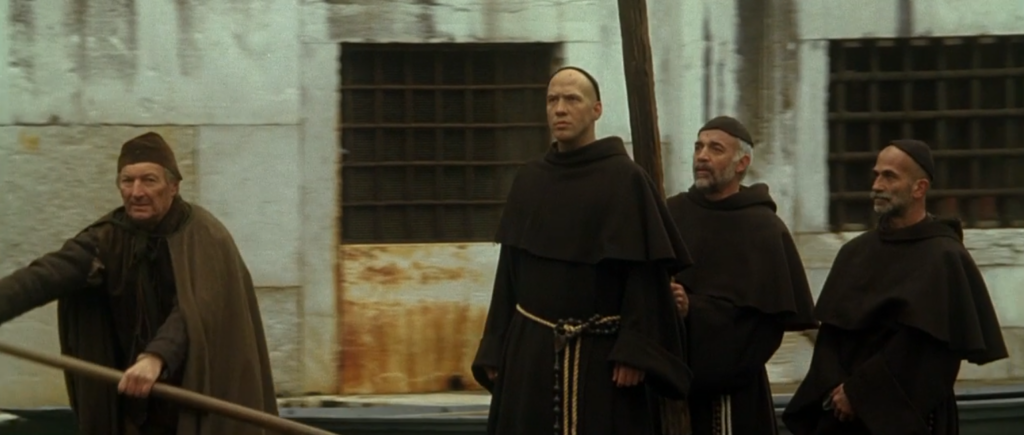Realism
Definition
Realism in film theory refers to the filmmaking strategy that emphasizes the value of film as a documentary medium. Realism was advanced by the French critic André Bazin and German film theorist Siegfried Kracauer in the 1930s.
Realism conveys “faithfully” what the camera eye sees to the film audiences. The camera records events unfolding in front of it from a relatively neutral position. The filmed contents would speak for themselves, and audiences would draw their own conclusions. Bazin, for example, believed that realism is more democratic, since it does not manipulate audiences’ emotions.
In summary, realism produces a slice of “real” life on screen by focusing on mundane aspects of everyday life. Shots are usually static with little movement, and the camera often frames the scenes at eye-level. There is no artistic flair to lighting and composition. Scenes are shot on site rather than on custom-made sets. The films are edited for continuity rather than artistic effects that would distract the audiences. Music and sounds are primarily diegetic (as in coming from the characters’ world in real time). Proponents of realism believe these shots are more objective.
Here is a short video comparing and contrasting formalism and realism.
Please refer to the section in this online textbook on Formalism to enhance your understanding of both Formalism and Realism.
Examples
Auguste and Louis Lumière, known as the Lumière Brothers, made the first motion picture using their cinématographe. These pioneers produced several short films between 1895 and 1905. Their films recorded scenes from everyday life.
For example, the use of deep focus—the cinematographic technique using a large depth of field—enables the audiences to see all the elements within a shot with equal clarity. It does not guide the audiences towards any particular element in the foreground or background.
Long takes convey a scene in its entirety without rapid cuts or editing. Time and space are therefore not as fragmented as formalist films.
The idea is to convey the world of the narrative to the audiences with as little artistic or directorial intervention as possible.
Some realist filmmakers include Vittorio de Sica (The Bicycle Thieves, 1948), Martin Scorsese (Raging Bull, 1980), and Kathryn Bigelow (The Hurt Locker, 2008, combines realism and formalism).
Another example is Michael Radford’s The Merchant of Venice (2004), starring Al Pacino. The film’s opening sequence, in particular, employs realist techniques to transport film audiences to “Venice, 1596” which is announced across the screen.

There is no framing device (such as the television newscaster in Baz Luhrmann’s Romeo + Juliet). Along with the use of the film camera as a documentary lens in the establishing shot, frequent intertitles explain the historical context of anti-Semitism. Long shots show monks preaching from a Venetian gondola with a Christian cross that obstruct the view of the Rialto.
As Anne-Marie Costantini-Cornède argues, these long, historicist, “explanatory scrolls and intertitles interspersing the narrative” bring “historical verisimilitude with a series of textual vignettes echoing the cinematic visualization.”
The picturesque realism in the opening scene gives way to formalist presentation later in the “pound of flesh” scene where Shylock demands to cut off a pound of Antonio’s flesh because the latter is unable to repay his debt. Please refer to the lesson unit on Formalism for further analysis of the use of formalism in Radford’s Merchant of Venice.
Exercise
How do filmmakers balance authenticity and interpretation? Here is an interview of cinematographer Roger Deakins on his take on realism.
Your Turn: Reflect on realism and formalism. Which style of filmmaking may be deemed more “immersive”? Why?
Further Reading
- Braudy, Leo and Marshall Cohen, eds., Film Theory and Criticism: Introductory Readings, 8th edition. Oxford University Press, 2016.
